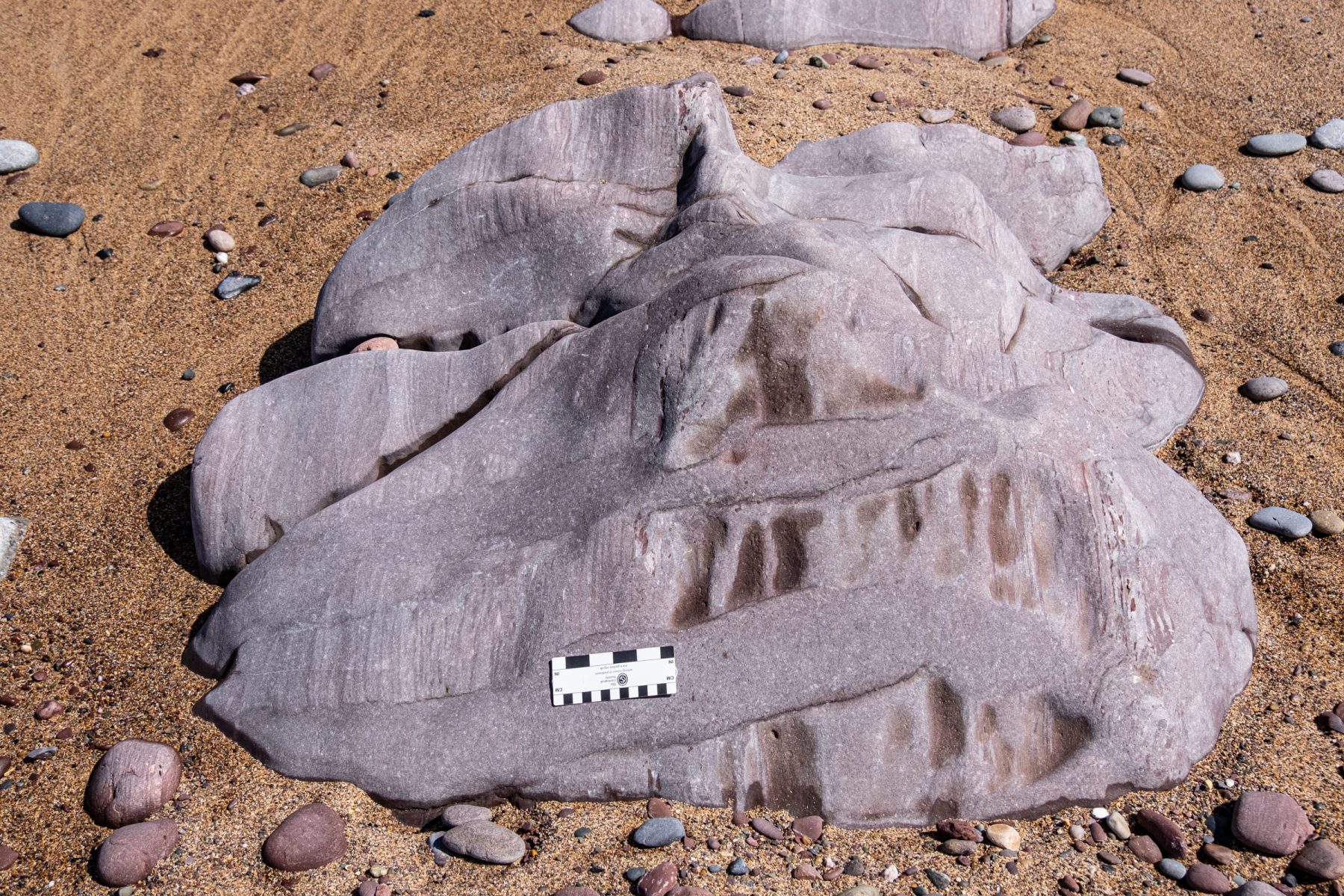2025-2026
All talks for 2025-26 will take place at the Central Teaching Hub of the University of Liverpool, Lecture Theatre C, but please check the LGS Newsletter to make sure there has not been a change of room for a particular meeting. Entrance will be via the main door.
Talks will start at 7.30pm and finish by 9.00pm.
Please be aware that for security reasons, the building manager may lock the main door to stop access from outside at some time after 7.30pm. If you arrive late or are unable to gain access, you may need to contact someone inside the lecture to let you in.
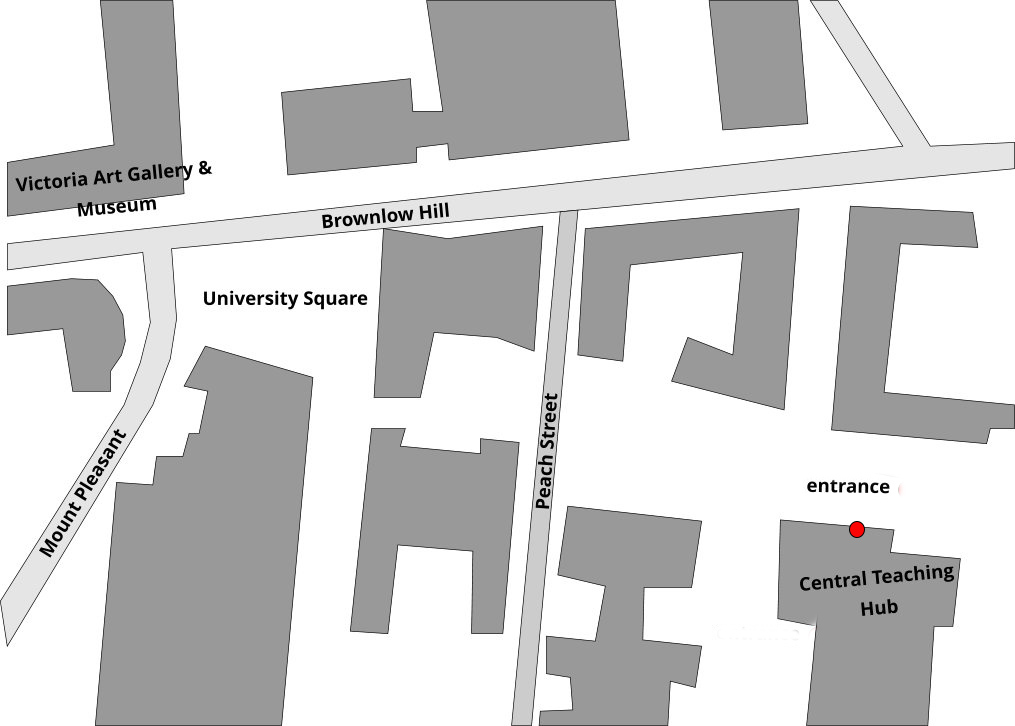
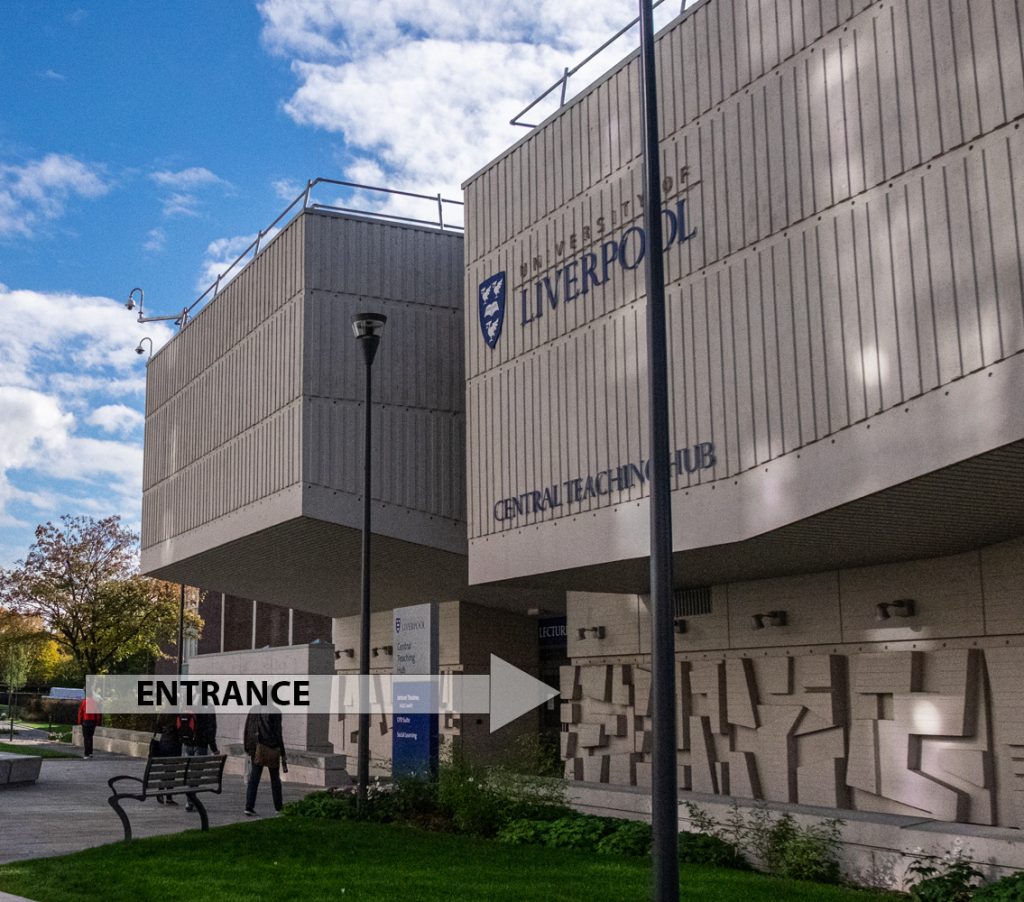
2026
6th Jan
Members’ evening
Anyone with some short presentation lasting 10 – 15 minutes, that they would like to share, please contact Chris Hunt email: chris1972scfc@outlook.com

Asriel Wilde
University of Liverpool
Albedo trends for Iceland’s glaciers.

Roy McGurn
The aim of the talk is to take a more holistic approach into how we are disturbing the carbon cycle and a pragmatic view of how population, wealth and technology will eventually recalibrate our relationship with it.
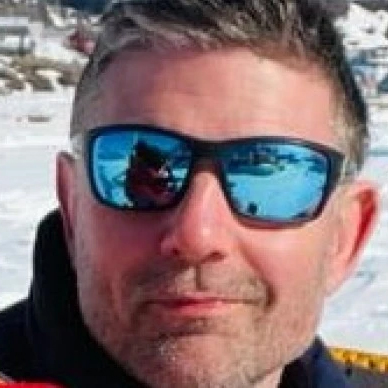
20th Jan
Dr. Iestyn Barr
Manchester Metropolitan University
Volcanic hazard response
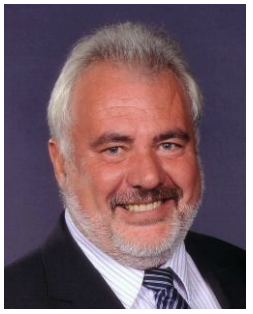
27th Jan
Dr. Alan Thompson
Cuesta Consulting
High Specification Aggregates for Skid-Resistant Roads: – a geological explanation and the North Wales Granite Conundrum
Crushed rock aggregates which are capable of meeting the engineering requirements for skid-resistant surfacing on heavily trafficked roads are supplied from only a limited number of quarries, located primarily in northern and western parts of the UK. They are characterised by having a high Polished Stone Value (PSV) combined with a high resistance to abrasion, fragmentation and weathering. Such requirements can generally be met only by certain types of hard sandstone and siltstone, together with some volcanic tuffs and certain types of dolerite. This talk, based on research carried out by the author over more than 30 years, will explore the sources and characteristics of such materials throughout the UK, as well as a new approach being investigated in North Wales to use granite and other rock types with lower PSVs.
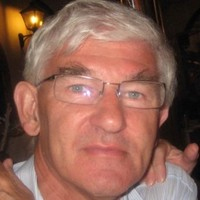
3rd Feb
Dr. Neil Meadows
Redrock Associates
Triassic
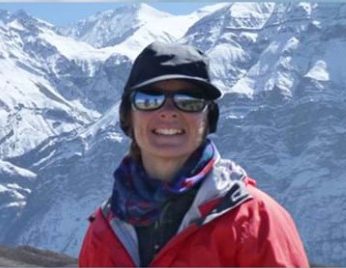
Yani Najman has worked in the Himalaya and Tibet for more than 30 years, in location stretching from Pakistan to the west and Myanmar to the east.
10th Feb
Professor Yani Najman
University of Lancaster
This talk will focus on how the Himalaya formed, and the impact of its formation on resources and hazards.
The talk will provide an overview of the evolution of the mountain belt, and illustrate aspects of the mountain belt’s formation with snapshots of Yanl’s research.

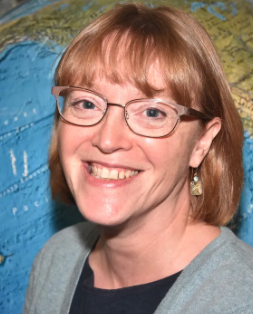
17th Feb
The Hazel Clark memorial practical.
Dr. Maggie Williams & Dr. Lis Rushworth
University of Liverpool
Volcanic ash
This practical is the first LGS event to be held in memory of Hazel Clark. The volcanic ash samples used in this practical are samples that were collected by Hazel.

3rd Mar
Dr. Katy Chamberlain
University of Liverpool
Ascension Island: volcanology and eruptive history of an active UK Overseas Territory
Ascension Island is a volcanic island situated 90km west of the Mid-Atlantic Ridge – (MAR), where its formation began ~ 6-7 Myr ago. The island exhibits multiple rock types that represent its varied volcanic history, with differences not only in composition, but also in eruptive style– from lava flows and domes to thick pumice and scoria deposits. The origins of the Island and its volcanism are as of yet not fully resolved. The range in rock composition observed on Ascension is atypical for an ocean island. In this talk we will explore the range of volcanic products, and possible reasons for this variation.
